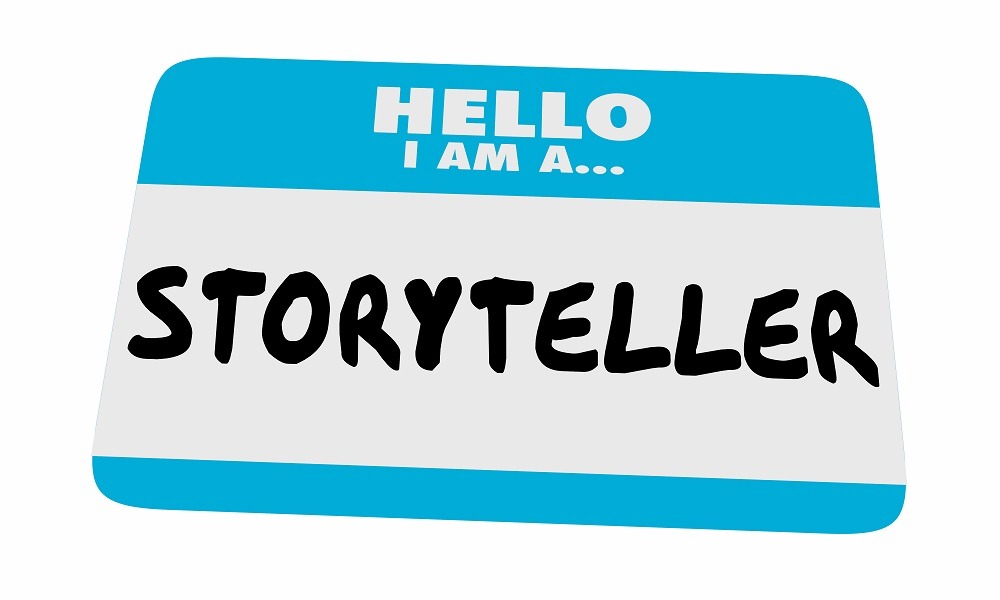
You’re proud of the project you’re working on. You’ve invested late nights and a couple weekends. You missed your son’s semi-final soccer game and your friend’s birthday dinner because of it — it’s that important.
But imagine this: a colleague stops you in the cafeteria and asks you about the project.
Them: Hey, what’s this Project Axis about?
You: Well, it’s a systems implementation to replace Iroquois.
Them: There sure are a lot of people working on it.
You: Yeah, it’s important. It’ll solve a lot of things. But it’s pretty complex; I don’t want to bore you with all the details.
Is that really the best you can do?
No, you don’t want to bore anyone. But there’s an easy way to get everyone on the project — especially the leaders – telling a short, clear and powerful story.
Distill your project strategy into four main points that are easy to remember.
Select a group of leaders and ask them four questions.
- What’s the challenge we’re faced with?
- What’s the solution to the challenge?
- What’s the approach we’ll take to execute the solution?
- What’s the result we want?
For each question, brainstorm a one-word answer. Hint: start broad, then narrow down to the top two to three words, and then down to the final one.
Once the four words are selected, string them together in a 30-second elevator speech, buttressed by facts or examples. You’ll have a robust answer to the question, “What’s that project about?” When you deliver it, customize it for whomever you’re addressing. That is, use different examples for a Marketing employee vs. an IT employee. Note that each project member’s elevator speech will be slightly different, based on their communication style, area of expertise, and position.
Practice your 30-second elevator speech. Then, practice it again. (Even fluid presenters aren’t smooth the first time around.)
Let’s try our scenario again. A colleague approaches you and asks you about your project.
Them: Hey, what’s this Project Axis about?
You: Our procurement system, Iroquois is totally outdated (challenge). It doesn’t support mobile and has some system “holes” in it. A few of our biggest vendors tell us that doing business with us is getting harder. So we really need a more flexible (solution) system that closes our risk gaps and brings us into the 21st century. To develop the best system, we’re asking for the participation (approach) of all our stakeholders, including three of our top vendors. That’s a first for us. We think that the new system will increase our efficiency (result) by two-fold. Did you know that, today, it takes us three weeks to get a simple one-month contract set up?
Them: Now I see why there are so many people working on the project.
This four-word “message frame” is the foundation of all project communication — road shows, newsletters, emails, intranet pages, posters, etc. Each time it’s used, it’s made more real with examples, quotes, and facts customized for the audience.
A consistent, well-crafted message helps the organization understand, embrace and support the change.



